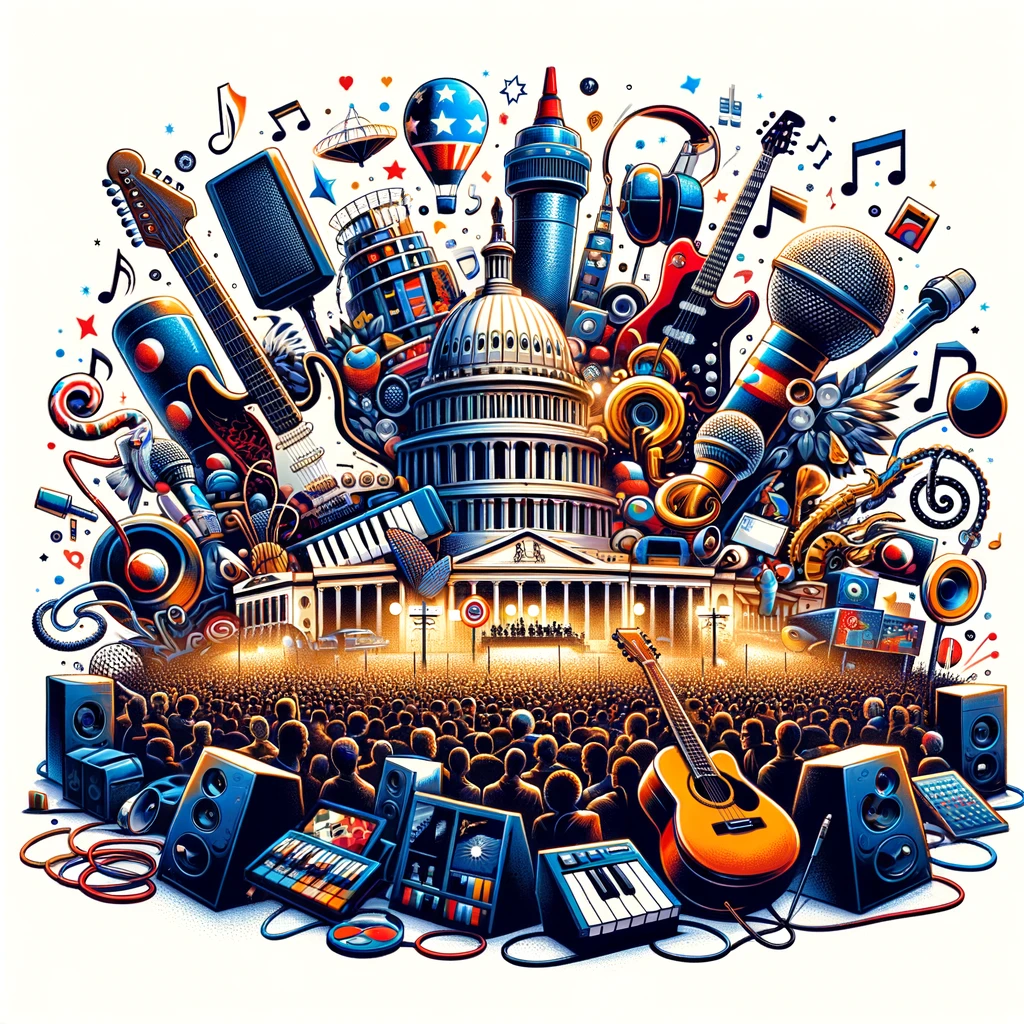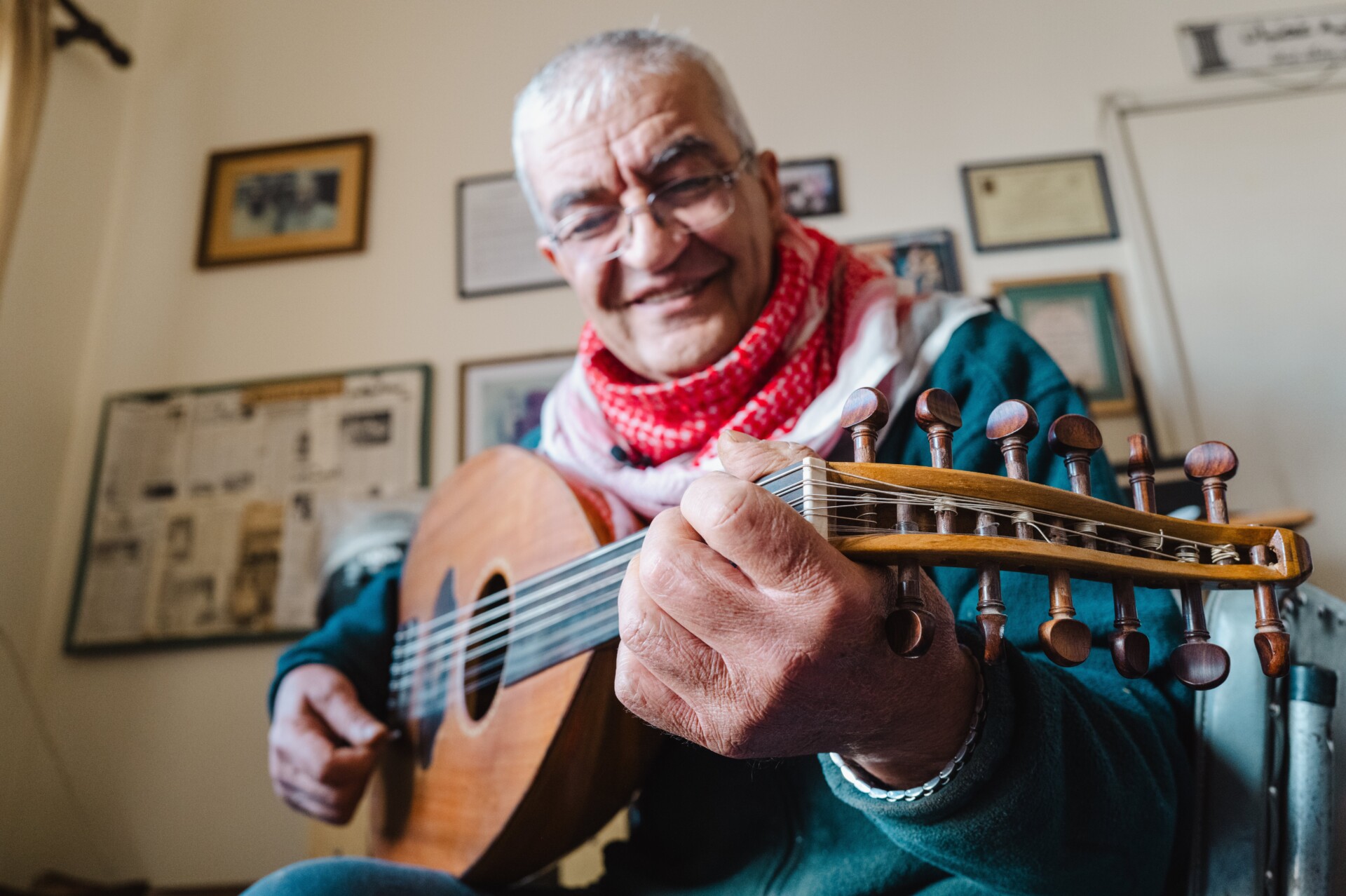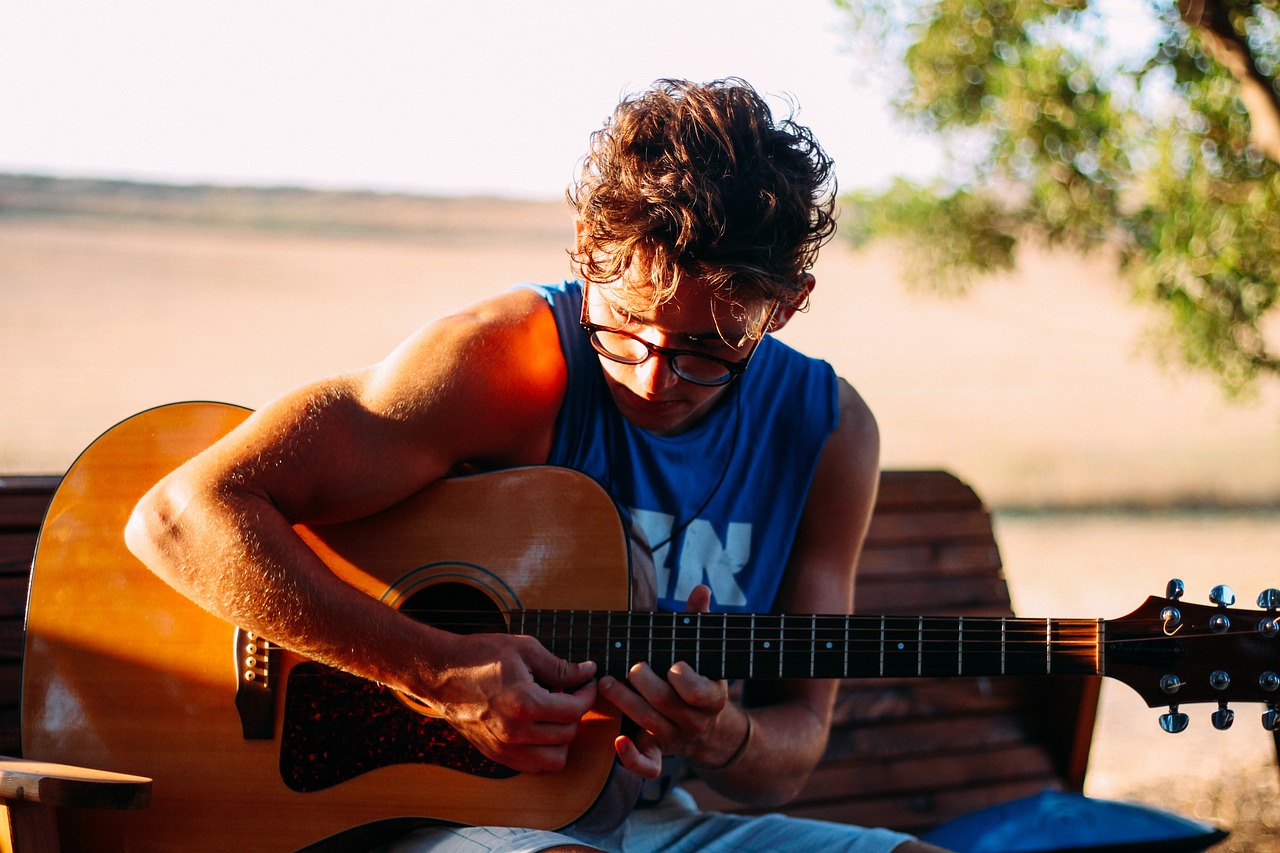Jazz Education: What’s Lost and Gained in the Classroom
What comes to mind when you think of jazz? For many of us, we think of the improvisations of black musicians like Duke Ellington, Louis Armstrong, Ella Fitzgerald, or the sounds of the saxophone, the trumpet and syllables of scatting emanating from dark clubs. These impressions are all true, an artform that was born out of American black culture has now been taken by academia and the conservatory-music system and stripped of its initial intention; liberation, justice, and expression.
There is nothing wrong with studying music in a formal setting, but it is contradictory that an art form that originated under such improvisational beginnings is now being appropriated just like many black cultural movements before it. Up until recently, many classic jazz musicians learned this music by ear and improved on it outside a formal conservatory setting. In fact, it’s likely that many legends who thrived during the 20th century would be shocked or confused by the formalization of jazz music.
Left Out
Jazz music has roots in American spiritual songs, which have roots in West African songs and traditions that endured during the transatlantic slave trade. Since jazz became more mainstream in the US in the early 20th century, musicians and fans have grappled with exclusion and what it means for jazz music to become mainstream. Mainstream exposure should have given incredible success and recognition to the black musicians, writers, and producers that created jazz but this wasn’t the case as many white musicians profited from this music at the expense of the creators. Whether white musicians were genuine fans inspired by the music or just generating covers of black artists’ work for a fast profit, this is a common story when black creative work goes mainstream. According to Fordham University scholar Mark Nasion, a hit movie about jazz excluded well-known black musicians in their prime to focus on a white bandleader. Actions like this have unfortunately made people focus on cultural appropriation instead of the incredible art form and virtuosity that it takes to be a jazz musician as this artform became more mainstream. Organizations like Decolonizing Music have written about this issue (and related cultural topics) while supporting events like symposiums and festivals. These spaces are inclusive and give leaders time to discuss how to recognize and center black leaders and musicians in education. It is very important that music educators are cognizant of this history when teaching their students about jazz in the classroom.
Education: Moving from Clubs to the Classroom
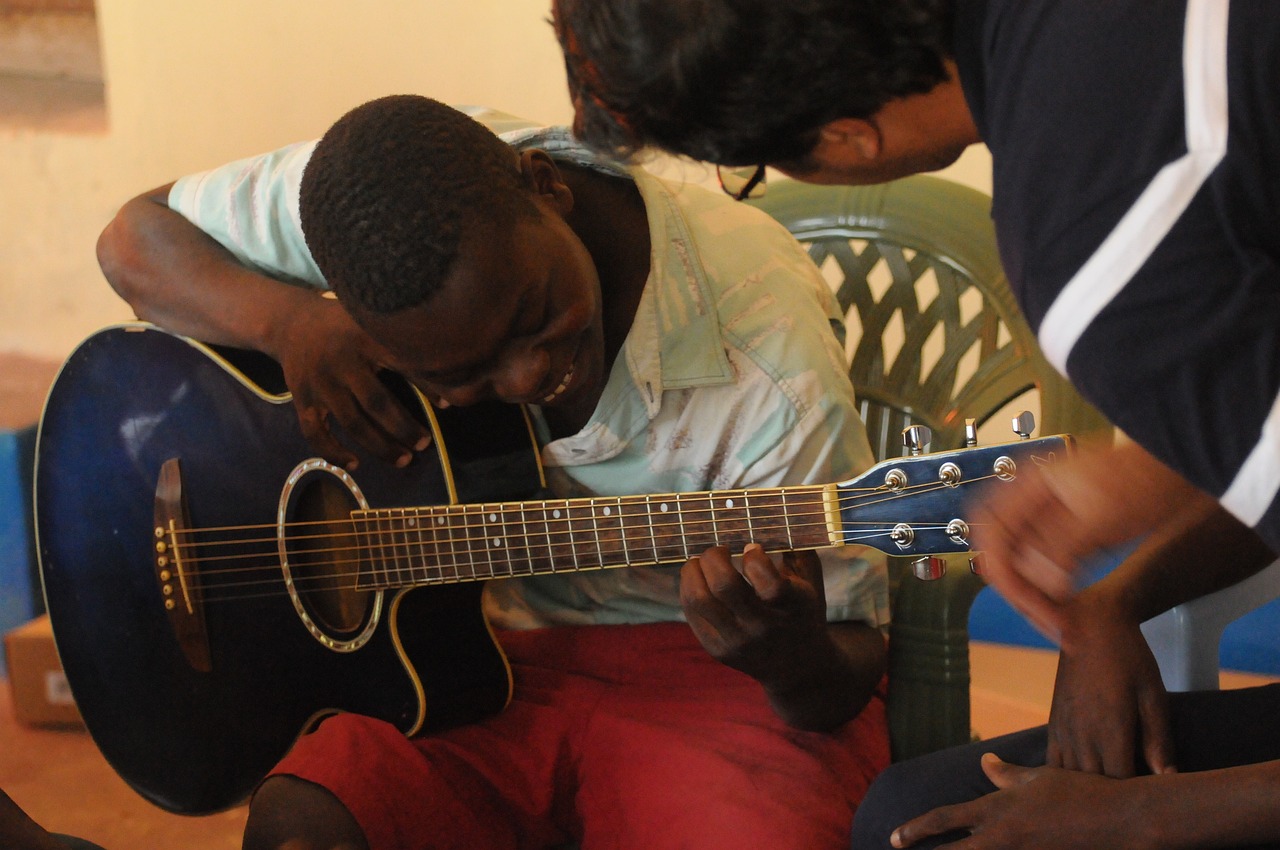
Jazz education relied almost exclusively on black musicians playing together and listening to each other, often in racially segregated settings in clubs like DC’s Howard Theater (and even private events at the Turkish Embassy). These were welcoming places for black musicians to exchange ideas and better themselves.
Needless to say, a classroom is not a club. Most universities aren’t known for embracing improvisation and other basic aspects of jazz music. Now, large universities and conservatories put young students through rigorous classes that cover many technical aspects of music. It’s great that students from different backgrounds learn about it and now understand it as an influential art form. At the same time, the initial setting of black clubs and music halls almost certainly informed what pioneers were doing with this dynamic sound through different eras and it is important to continue centralizing the development of jazz around these spaces.
Jazz Education = Being Musically Adventurous
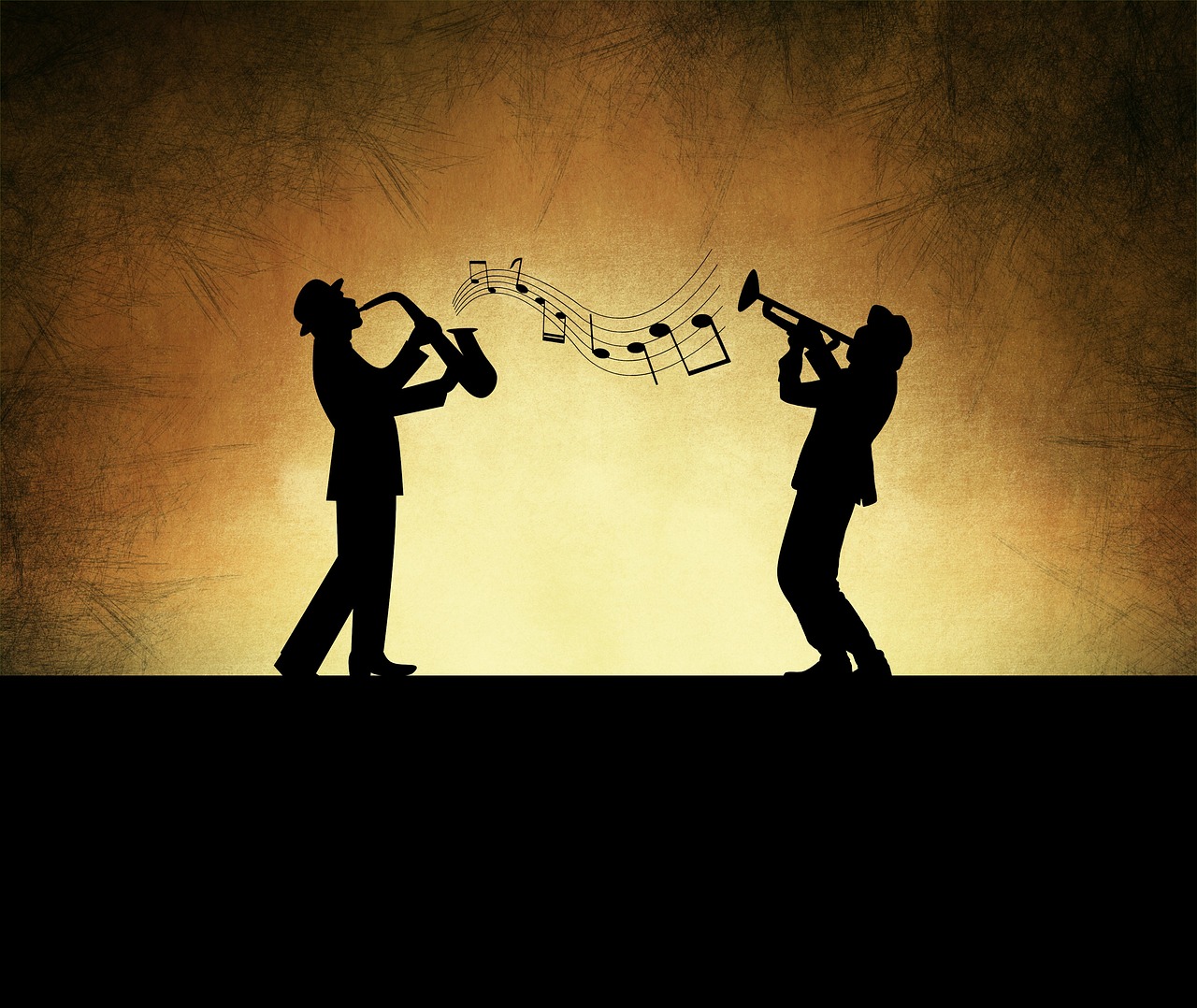
What’s next for the future of jazz education? Depending on who you ask, it is important that conservatory students never lose the spirit of improvisation and bonding that occurs in studios, clubs, and other non-academic settings. Aspiring musicians shouldn’t just rely on formal education. They should continue to seek out guidance and inspiration from people in the communities that birthed and molded jazz. They should explore playing related genres like blues and soul music. In the words of many musical and cultural critics, it is important that people be conscious of the pattern of separating the art from the people [which] leads to an aesthetic innovation [that] exploits the Black cultural forms” as jazz education programs continue to grow in popularity.

